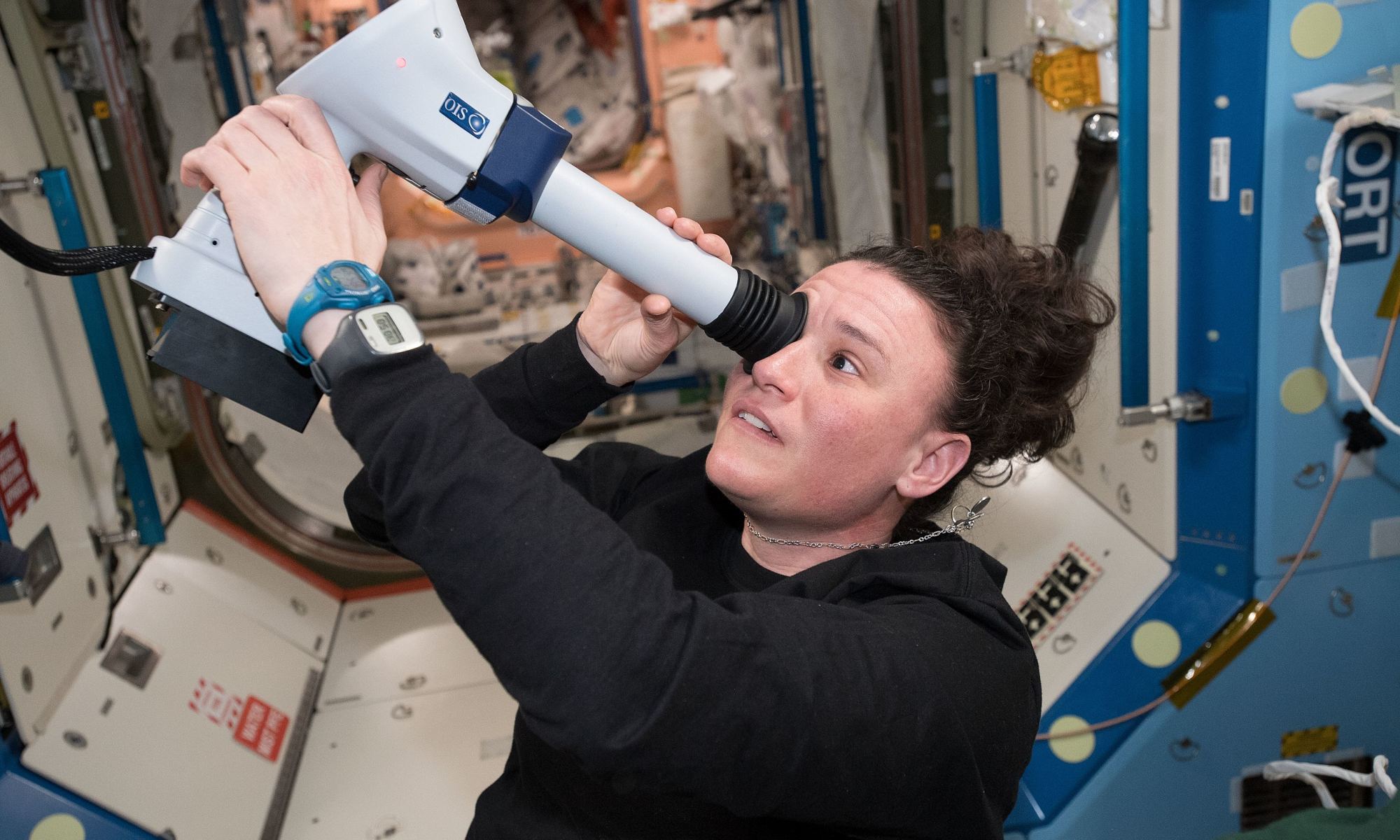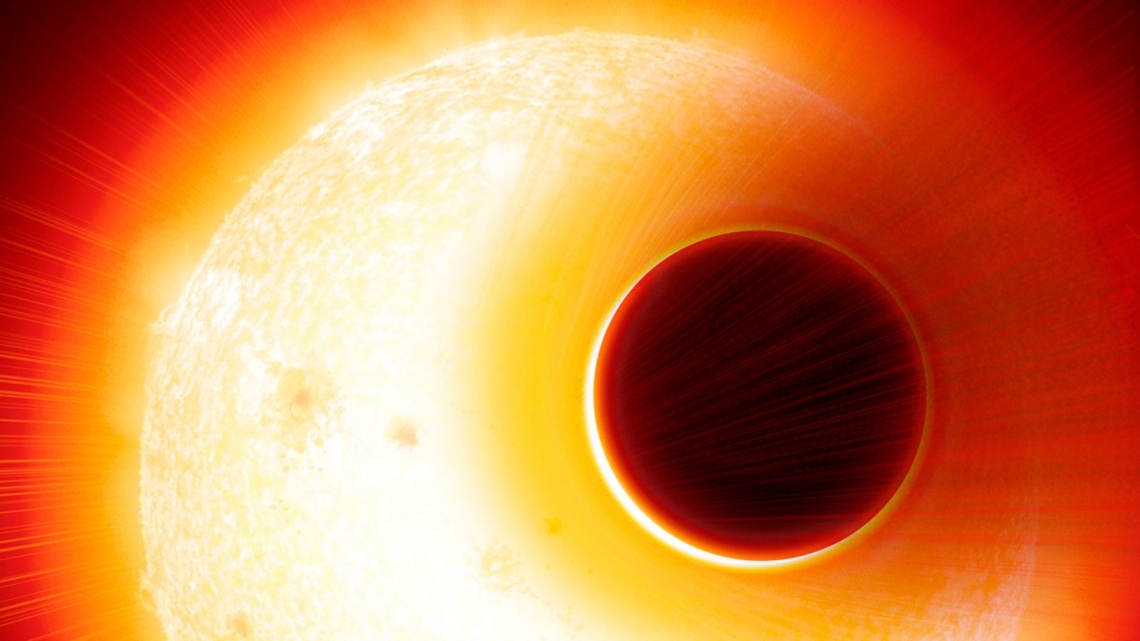70% of astronauts who spend time on the International Space Station (ISS) experience swelling at the back of their eyes, causing blurriness and impaired eyesight both in space and when they return to Earth. Sometimes, it’s permanent. Understanding the way microgravity affects the eyes, and the human body as a whole is an essential part of preparations for future long-duration spaceflights to the Moon and Mars. In an effort to understand the cause of these eye problems, researchers at the Medical University of South Carolina used MRI scans of twelve ISS astronauts to measure the intracranial venous system (veins that circulate blood to the brain) before and after flight. They’ve determined that there is a strong connection between the swelling of these veins and the onset of eye trouble.
Continue reading “Now we Know why Spaceflight Affects Your Eyes”Astronomers Discover a Totally New Kind of Nebula
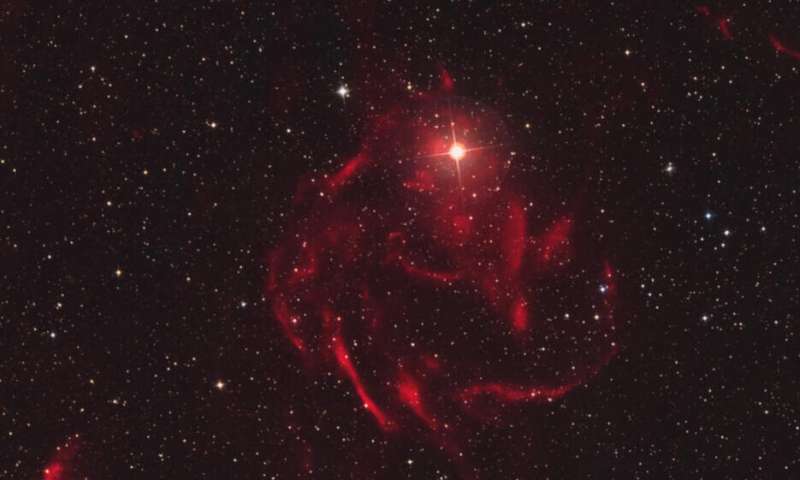
Most Universe Today readers are familiar with nebulae. They’re gaseous structures lit up with radiation from nearby stars, and they’re some of nature’s most beautiful forms.
With the help of amateur astronomers who laid the groundwork, an international team of astronomers have discovered a new type of nebulae around binary stars that they’re calling galactic emission nebulae.
Continue reading “Astronomers Discover a Totally New Kind of Nebula”A New Image Reveals Orion’s Flame Nebula in Infrared
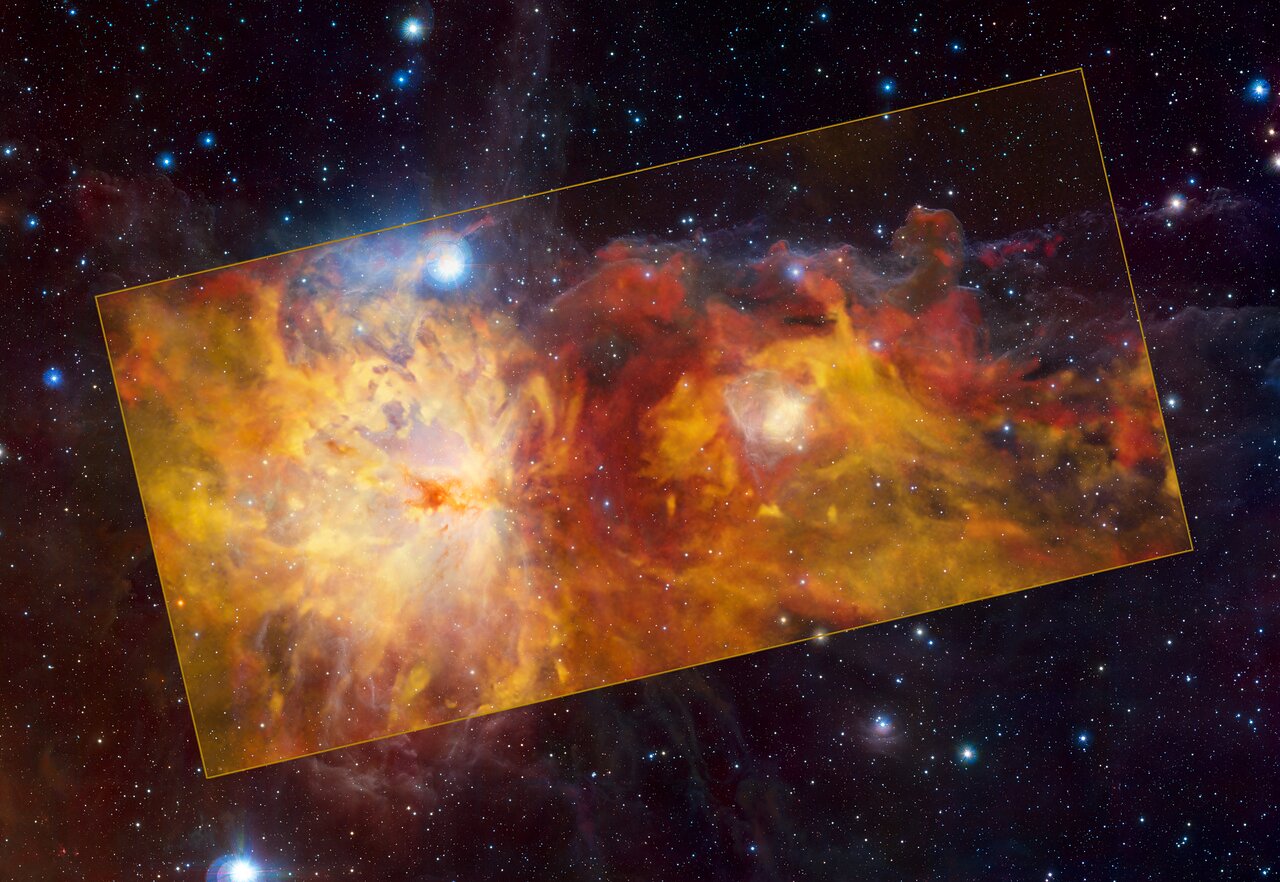
The ESO has released some stunning new images of Orion’s Flame Nebula. They’re from a few years ago but are newly processed as part of the Orion cloud complex study. The images have led to discoveries in the often-observed Orion cloud complex.
Continue reading “A New Image Reveals Orion’s Flame Nebula in Infrared”An Incredible View Into the Heart of the Small Magellanic Cloud
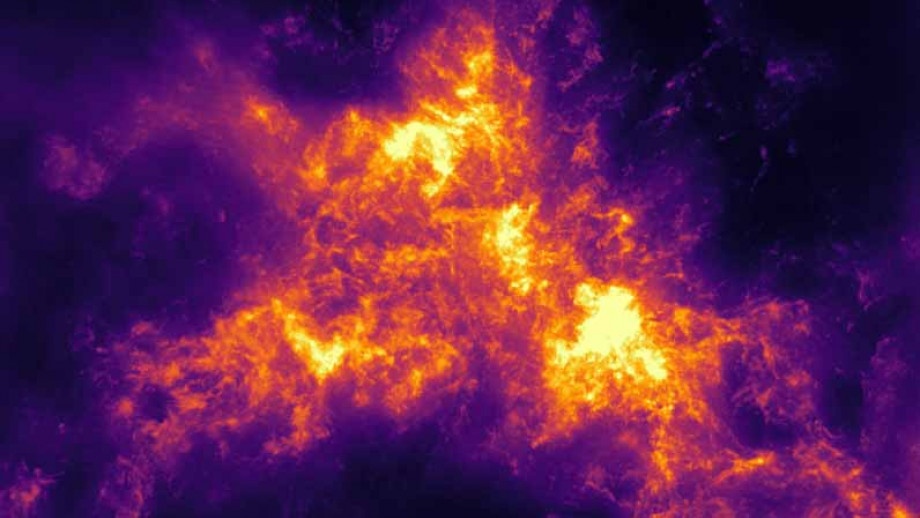
The Small Magellanic Cloud (SMC) is over 200,000 light-years away, yet it’s still one of our galaxy’s closest neighbours in space. Ancient astronomers knew of it, and modern astronomers have studied it intensely. But the SMC still holds secrets.
By studying it and revealing its structure in more detail, astronomers at The Australian National University hope to grow our understanding of the SMC and galaxies in general.
Continue reading “An Incredible View Into the Heart of the Small Magellanic Cloud”Astronomers Find the Biggest Structure in the Milky Way, a Filament of Hydrogen 1,600 Light-Years Long

Roughly 13.8 billion years ago, our Universe was born in a massive explosion that gave rise to the first subatomic particles and the laws of physics as we know them. About 370,000 years later, hydrogen had formed, the building block of stars, which fuse hydrogen and helium in their interiors to create all the heavier elements. While hydrogen remains the most pervasive element in the Universe, it can be difficult to detect individual clouds of hydrogen gas in the interstellar medium (ISM).
This makes it difficult to research the early phases of star formation, which would offer clues about the evolution of galaxies and the cosmos. An international team led by astronomers from the Max Planck Institute of Astronomy (MPIA) recently noticed a massive filament of atomic hydrogen gas in our galaxy. This structure, named “Maggie,” is located about 55,000 light-years away (on the other side of the Milky Way) and is one of the longest structures ever observed in our galaxy.
Continue reading “Astronomers Find the Biggest Structure in the Milky Way, a Filament of Hydrogen 1,600 Light-Years Long”Astronomers Find 70 Planets Without Stars Floating Free in the Milky Way
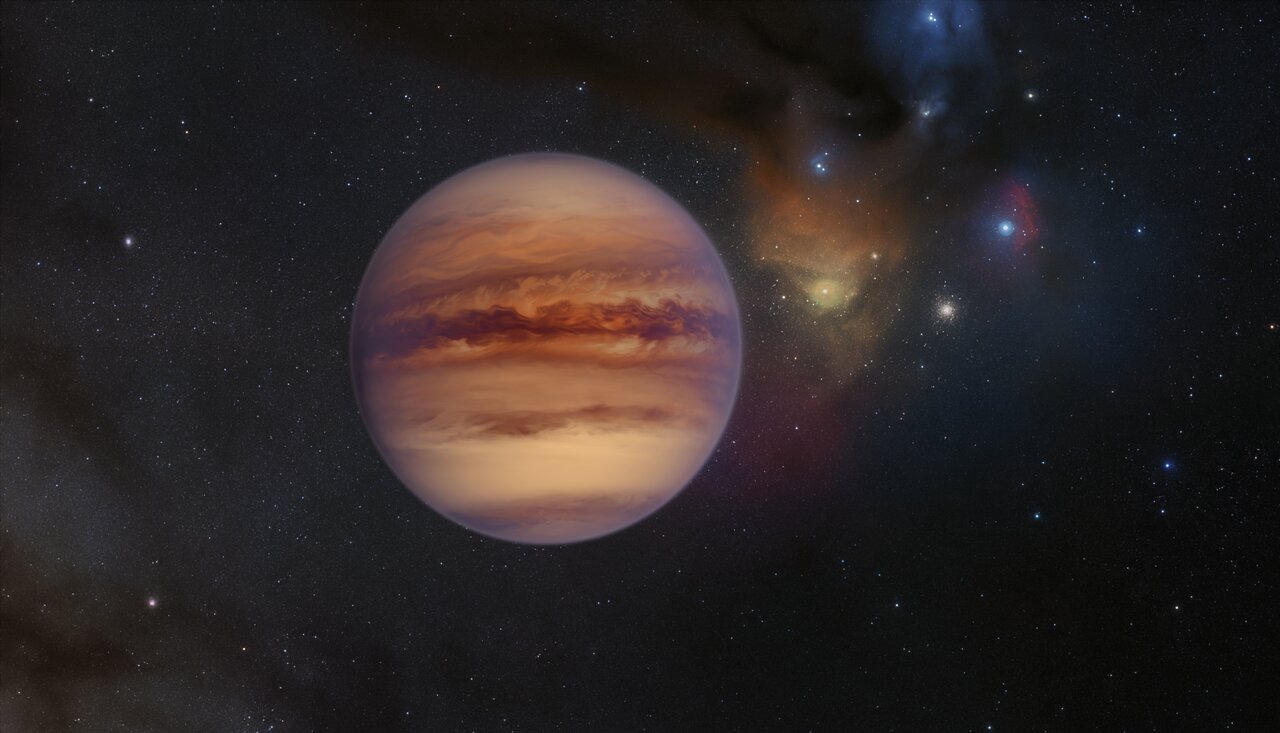
The field of extrasolar planet studies continues to reveal some truly amazing things about our Universe. After decades of having just a handful of exoplanets available for study, astronomers are now working with a total of 4,884 confirmed exoplanets and another 8,288 awaiting confirmation. This number is expected to increase exponentially in the coming years as next-generation missions like the James Webb Space Telescope (JWST), Euclid, PLATO, and the Nancy Grace Roman Space Telescope (RST) reveal tens of thousands more.
In addition to learning a great deal about the types of exoplanets that are out there and what kind of stars are known to give rise to them, astronomers have also made another startling discovery. There is no shortage of exoplanets in our galaxy that don’t have a parent star. Using telescopes from around the world, a team of astronomers recently discovered 70 additional free-floating planets (FFPs), the largest sample of “Rogue Planets” discovered to date, and nearly doubling the number of FFPs available for study.
Continue reading “Astronomers Find 70 Planets Without Stars Floating Free in the Milky Way”2029 Will be the Perfect Year to Launch a Mission to Sedna

Object 90377 Sedna – a distant trans-Neptunian object known best for its highly elliptical, 11,390-year long orbit – is currently on its way towards perihelion (its closest approach to the Sun) in 2076. After that, Sedna will swing out into deep space again and won’t be back for millennia, making this flyby a once-in-a-lifetime (or, once in ~113 lifetimes) opportunity to study an object from the far reaches of our solar system. There are no missions to Sedna in the works just yet, but astronomers are beginning to plan for the possibility, and the ideal launch date for such a mission is approaching fast, with two of the best launch windows coming up in 2029 and 2034.
Continue reading “2029 Will be the Perfect Year to Launch a Mission to Sedna”A Detailed Scan of the Milky Way Finds Possible “Fossil” Spiral Arms
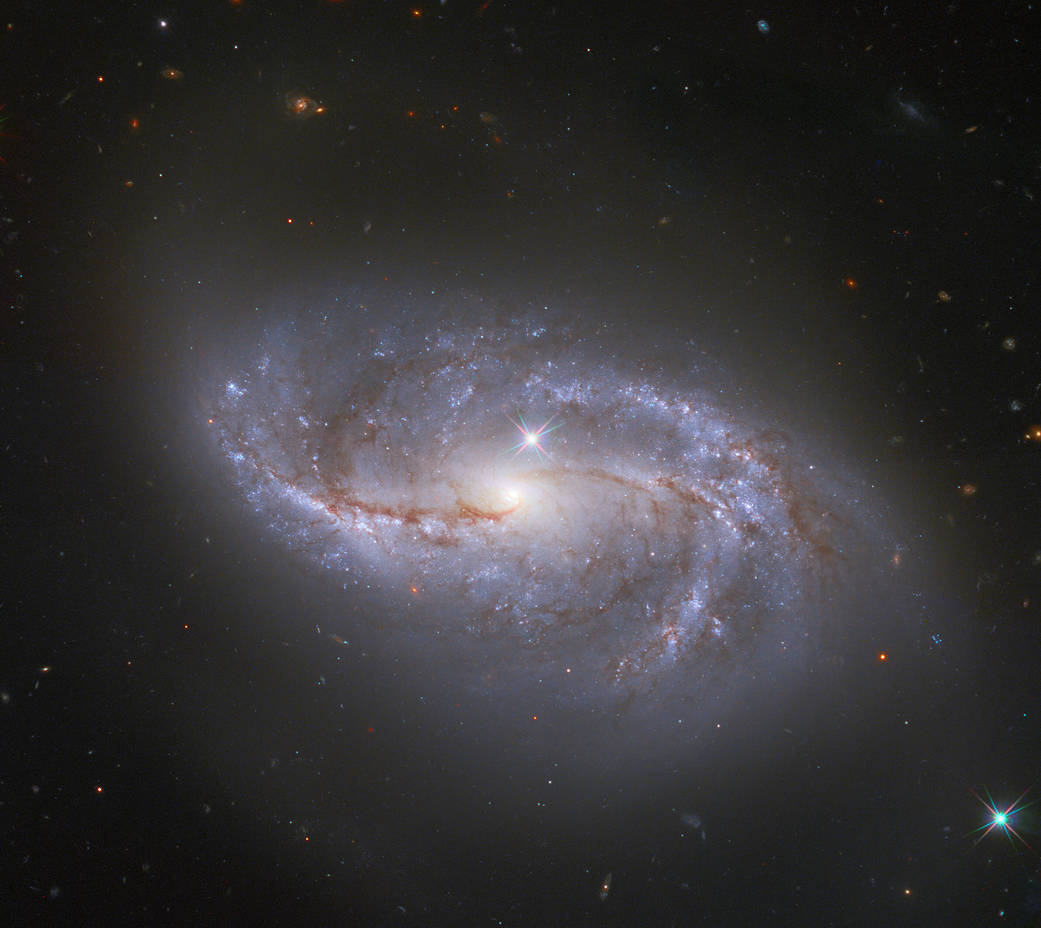
As we learn more about the cosmos, it’s interesting how some of the greatest discoveries continue to happen close to home. This is expected to continue well into the future, where observations of Cosmic Dawn and distant galaxies will take place alongside surveys of the outer Solar System and our galaxy. In this latter respect, the ESA’s Gaia observatory will continue to play a vital role. As an astrometry mission, Gaia has been to determine the proper position and radial velocity of over a billion stars to create a three-dimensional map of the Milky Way.
Using data from Gaia’s third early Data Release (eDR3) and Legacy Survey data – from the Sloan Digital Sky Survey (SDSS) – an international team of astronomers created a new map of the Milky Way’s outer disk. In the process, they discovered evidence of structures in this region that include the remnants of fossil spiral arms. This discovery will shed new light on the formation and history of the Milky Way and may lead to a breakthrough in our understanding of galactic evolution.
Continue reading “A Detailed Scan of the Milky Way Finds Possible “Fossil” Spiral Arms”JWST Just Deployed a Sail That Lets it Stop Getting Pushed Around by the Sun’s Radiation.
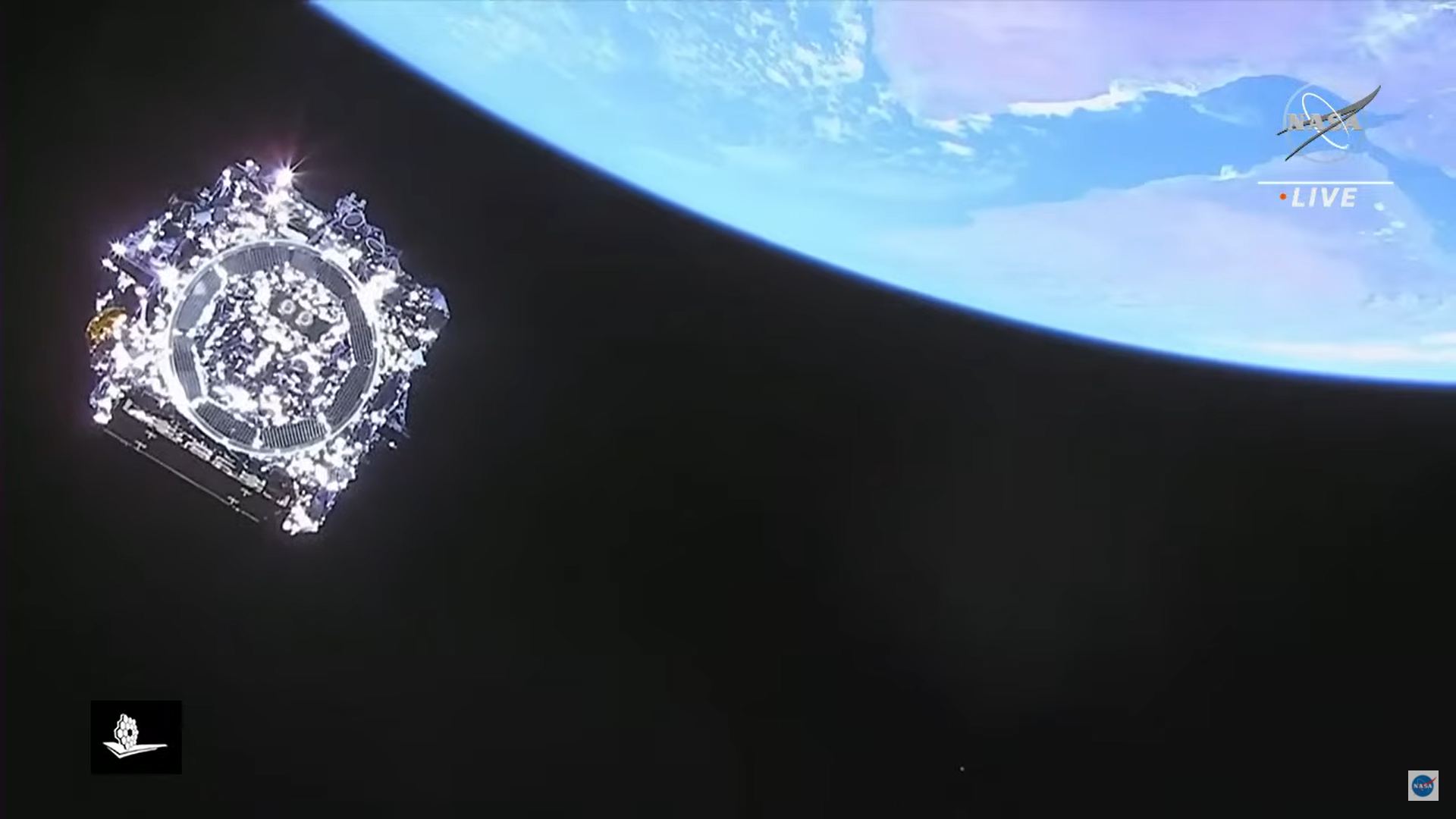
On December 25th, 2021, astronomers and space exploration enthusiasts got the greatest Christmas present of all! After years of delays, cost overruns, and additional testing, the James Webb Space Telescope (JWST) launched from Europe’s Spaceport in Kourou, French Guiana. In what was a real nail-biter, the Ariane 5 rocket and its precious payload reached orbit without a hitch. But as is so often the case, the deployment of the JWST was just the first in a series of “hurry up and wait” episodes.
Typically, periods of waiting are seeing are accompanied by plenty of worry and doubt. Luckily, there have been several positive developments since the JWST launched that could help alleviate these anxieties. The latest is how the telescope successfully deployed its aft momentum flap, an instrument that will keep the telescope oriented during its mission. The news was announced yesterday (December 30th) via @NASAWebb, NASA’s official Twitter account for the Webb telescope, and the JWST page at NASA Blogs.
Continue reading “JWST Just Deployed a Sail That Lets it Stop Getting Pushed Around by the Sun’s Radiation.”An Exoplanet Found Protected by a Magnetosphere
Today’s astronomers are busy building the census of extrasolar planets, which has reached a total of 4,884 confirmed planets, with another 8,288 candidates awaiting confirmation. Now that the James Webb Space Telescope (JWST) has finally been launched, future surveys will be reaching beyond mere discovery and will be focused more on characterization. In essence, future exoplanet surveys will determine with greater certainty which planets are habitable and which are not.
One characteristic that they will be on the lookout for in particular is the presence of planetary magnetic fields (aka. magnetospheres). On Earth, the atmosphere and all life on the surface are protected by a magnetic field, which is why they are considered crucial to habitability. Using data from the venerated Hubble Space Telescope (HST), an international team of astronomers reported the detection of a magnetic field around an exoplanet for the first time!
Continue reading “An Exoplanet Found Protected by a Magnetosphere”
